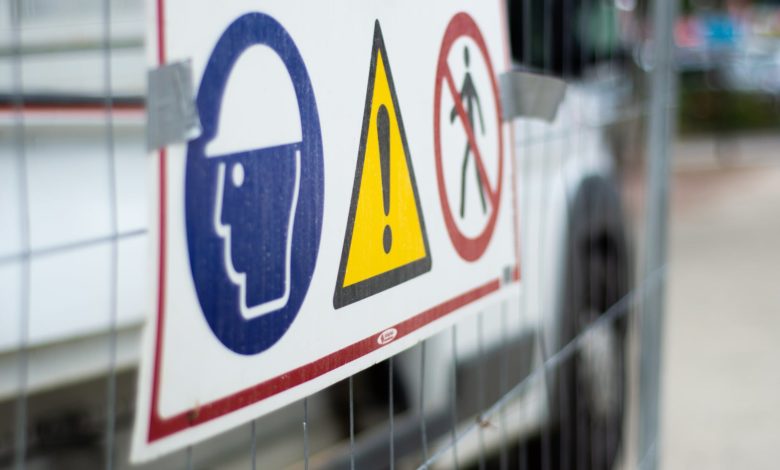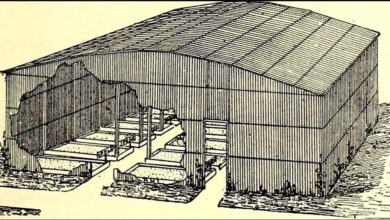Construction Site Safety Checklist

“What to wear” safety checklist:
• Wear Safety checklist Glasses or Face Shields, whichever suits, to shield your eyes from harmful exposures like dirt, chemicals, flying particles, smokes and what not – particularly if your job involves fastening, cutting, grinding, nailing, concreting and chemical-related works.
• Use correct boots because it is insulated, water and skid proof – whatever protects you best. Since the right footwear protects you from skidding, crushing your feet, and being electrocuted.
• Gloves area unit essential to soundly wear down sharp objects and ototoxic substances. Put on people who area unit work and right – fastening gloves for fastening. Heavy-duty rubber gloves for concrete work. And insulated gloves and sleeves should work so that to exposes you to electrical hazards.
• Injury to the pinnacle is one in every of the foremost dangerous fatalities so one should wear a correct onerous hat to avoid it. Do an everyday check for dents or deterioration so that it replaces it as shortly as you discover any.
Scaffolding checklist:

• Do a daily check on system to make sure its steady and solid with high weight capability. Report to seniors and get it corrected that if its damaged or weakened in any way.
• Never use uneven surface and unsteady objects – loose bricks, barrels or concrete boxes – as base for scaffolding. Because it can harm a lot.
• Avoid exploitation system in unhealthy weather: be it rain, snow or hailstorm. Since its dangerous to deal with it.
Electric safety checklist
Advertisement
Check all electrical tools and instrumentality frequently for defects and wear and tear. Replace the ones that are faulty in any way so that to reduce injury chances.
Preferable only operators should enter electrical instrumentality so that they reduce accident chances.
Keep construction materials, workers and equipment at least 10-feet away from electrical power lines because of precautions.
Use double insulated electrical equipment. Ground them if they are not. Refrain from using Multiple plug adapters; it’s dangerous!
Hazard communication:
• Workers must be notified about dangerous areas and stuffs by marking them as such – put up posters, signage and barricades whatever is required. Heavy electrical instrumentality, suspended loads, toxic chemicals, wet and slippery patches etc. are few such hazards that must be marked.
Crane, hoist and rigging equipment safety checklist

• Barricade/swing areas within the crane’s swing radius.
• See to that that load and ordinance is rarely exceed.
• Conduct daily safety and maintenance review for crane machinery and alternative rigging instrumentality before they’re place to use.
• solely properly trained and qualified operators ought to have access to cranes, hoisting and rigging equipment.
• Keep these machines well aloof from electrical instrumentality and power lines.
There is another listing that each entrant to the location so that employee or visitant – carries a legitimate CSCS Card. This is an excellent thanks to curtail on fatalities particularly those ensuing from lack of information or attention. Have workers without proper CSCS Cards? Get them correct cards by booking a CSCS check on-line.




